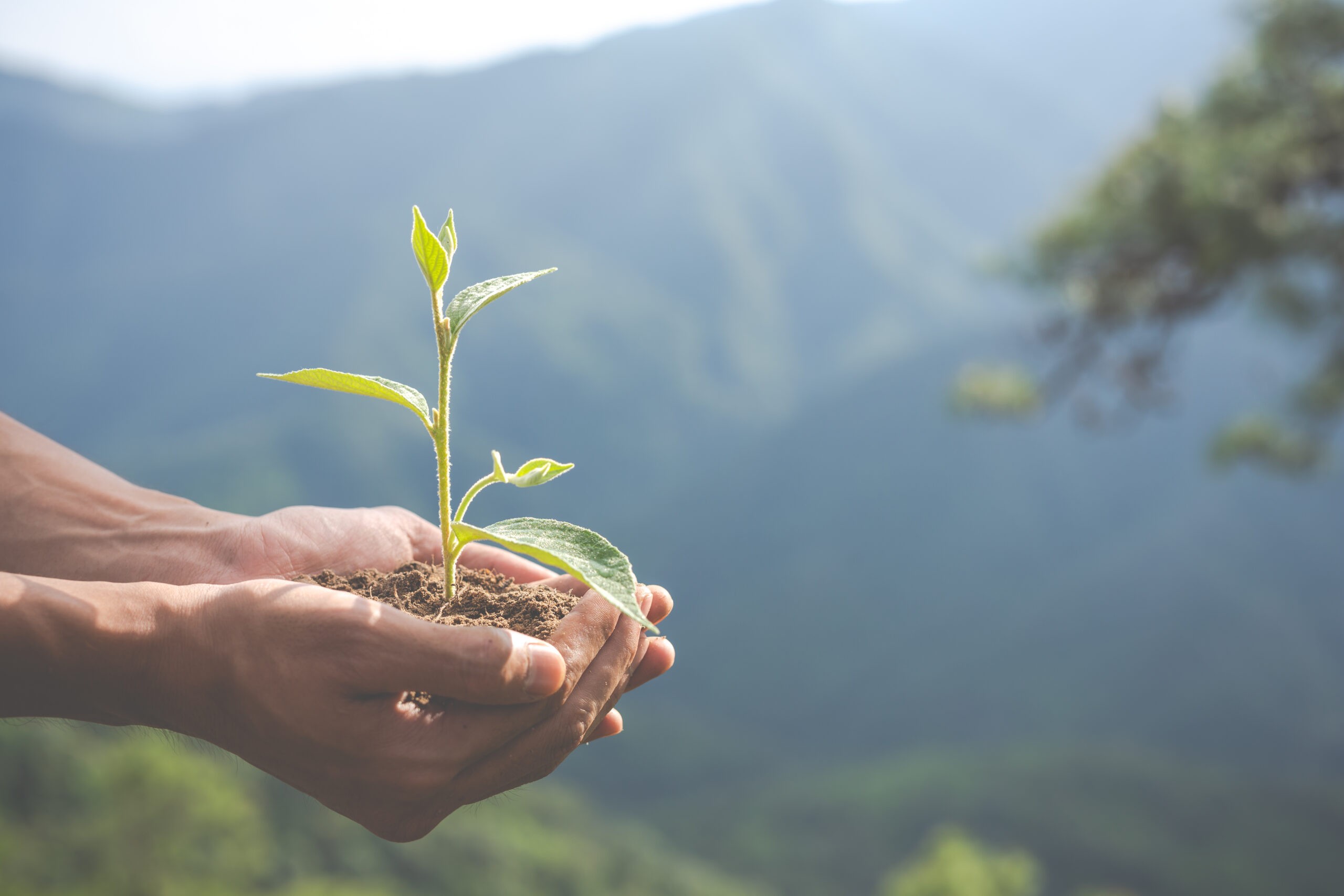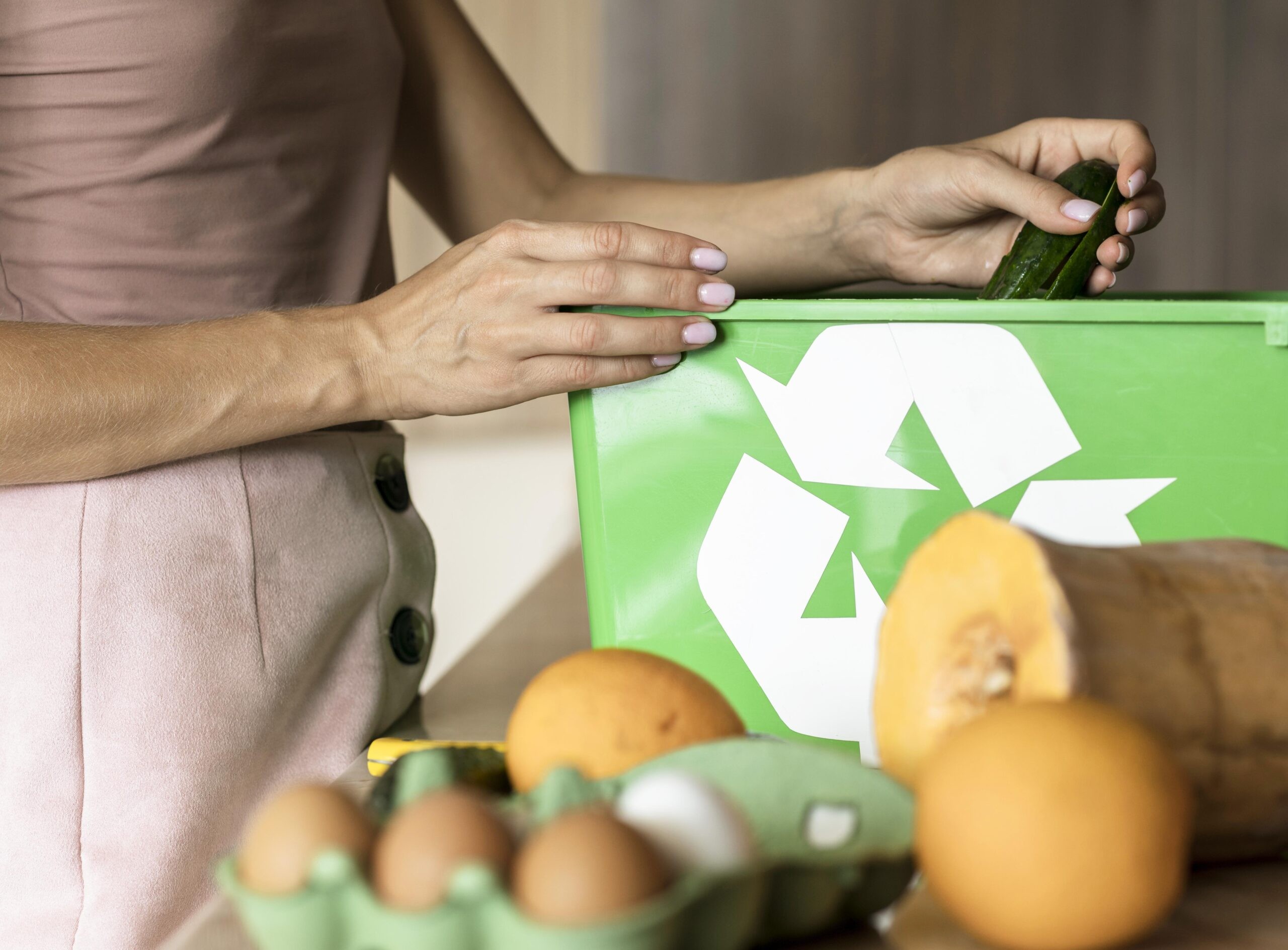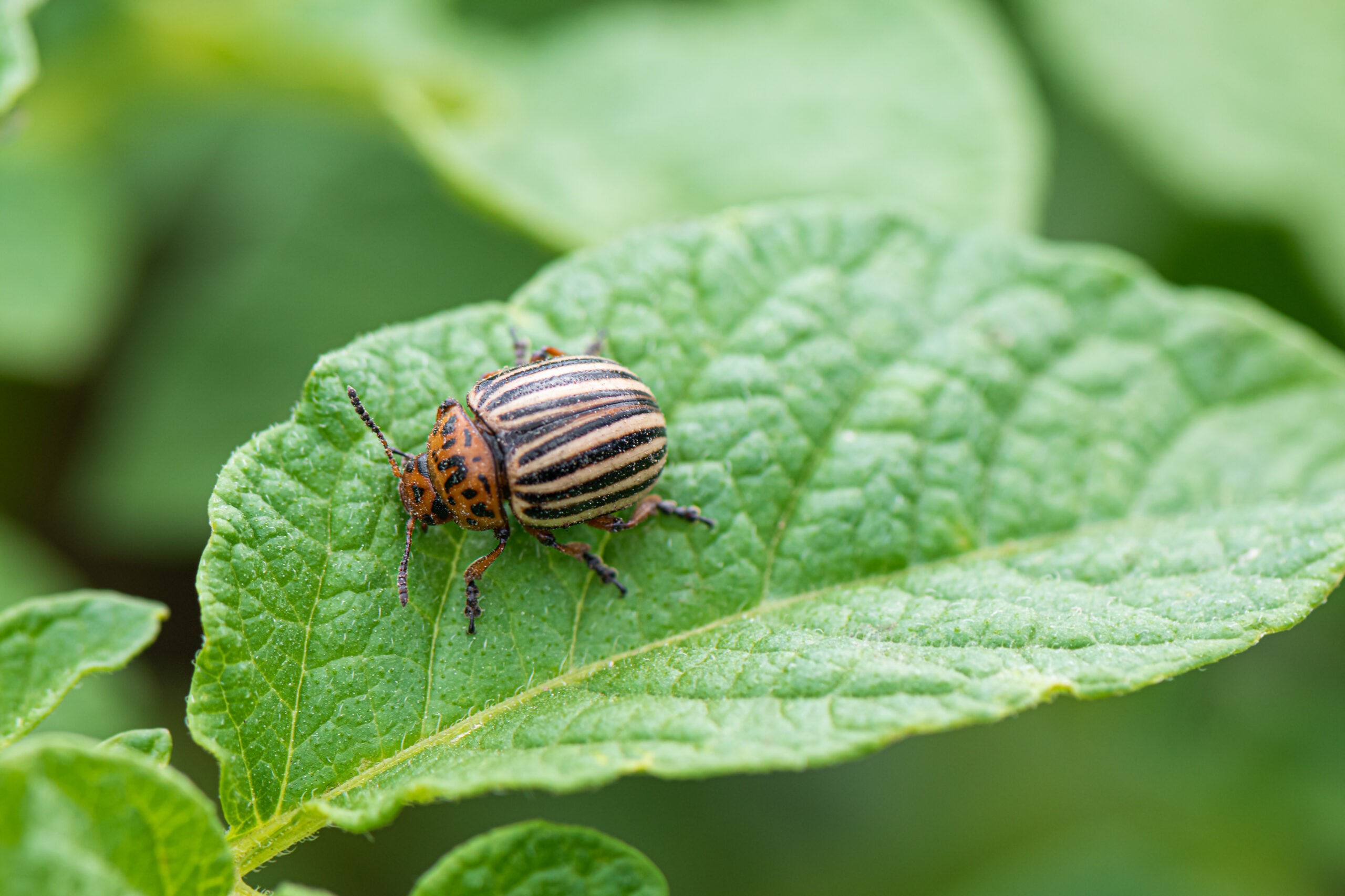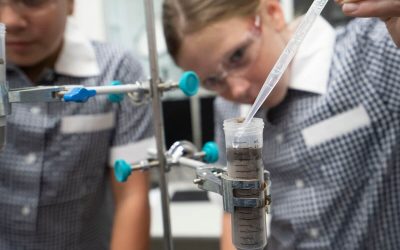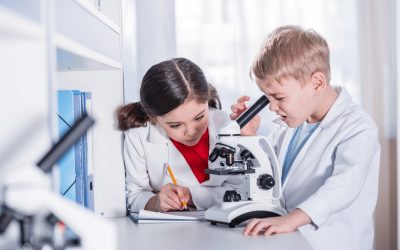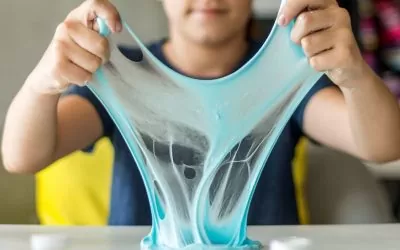Sustainability. It’s been the word on everyone’s lips since scientists revealed just how severely climate change has begun to affect Earth’s environment and ecosystems. The future of our planet, and the human race, depends on the steps we take now to improve the long-term environmental viability of global industry and resource production.
For National Science Week this year, we looked at the Future of Foods through the lens of science, exploring the innovative ways science helps us to better utilise our food resources for a more sustainable future. Here in Queensland, as of 1 September, the supply of single-use plastic materials has been banned. This represents a significant step towards tackling plastic pollution taken by the Queensland Government. Being a Brisbane-based small business, this inspired Street Science to celebrate this achievement by delving further into food science for sustainability.
Food Supply To Meet Growing Global Demand
The world’s population, which was 7.8 billion as of 2020, is projected to hit 10.9 billion by the end of the 21st century. In the next 30 years alone, Earth’s population is expected to rise by 2 billion. That is a lot more people to feed, and food demand is expected to increase by 50% as our global population booms.
There are currently glaring inefficiencies in the global food supply chain resulting from excessive energy output during food production. In turn, the adverse impacts of climate change on agriculture are increased, which is evidenced through greater instability in crop growing conditions and a reduction in the overall volume of produce reaped from arable land.
Waste Not, Want Not
A key area of focus for improving efficiencies across the food supply chain, and thereby making it more sustainable, is food wastage and loss. According to CSIRO, roughly one-third of all food produced globally is lost at some point across the food supply chain. This amounts to approximately 1.6 gigatonnes of food loss, with 1.3 gigatonnes of that still being edible when it’s disposed of. Food loss occurs throughout the food supply chain, from production, handling, storage and processing to retail distribution and consumption; in other words, “from farm to fork”. Several notable strategies have been devised to tackle this complex and pressing issue.
Repurposing produce is a potential solution that aligns with wider sustainability goals – by applying sensor-based sorting systems, the quality of fresh produce can be easily determined, and sub-optimal produce items can be reworked so that they are suitable for pet food instead, for instance. CSIRO has developed an even more high-tech mechanism for repurposing apple pomace (i.e. pulp) that is left over after apples are juiced, involving a process whereby the physical, chemical and microbial properties of the pomace are stabilised so that the pomace becomes a nutritious, functional ingredient that can be used in various food applications.
Insects Are On The Menu Of The Future
Another solution scientists are investigating to solve the issue of sustainable food production is insects as everyday food options. It’s such a burgeoning field that we even featured an insect taste-test in our Future of Foods National Science Week show to see what all the fuss was about!
Insects provide a dense source of protein that requires much less land clearing and water than other forms of protein production for other meats. In fact, administering a single kilogram of animal feed yields a whopping 12 times more edible cricket protein than that of beef. This also results in reduced greenhouse gas emissions, making it a promising alternative form of protein production for human consumption. However, further research and great care must be taken in sourcing insects for this purpose – many are not fit for human consumption due to the higher levels of heavy metals such as cadmium that have been found in some insects raised on human food and waste.
Here in Australia, CSIRO has been doing some groundbreaking work with Aboriginal communities to identify potential edible insects, by leveraging the communities’ traditions around the consumption of witjuti grubs, bogong moths and green tree ants.
Keen to experience the Future of Foods for yourself and your students? Chat to us about our live stream and in-person science show options so that you can round off the school year with a bang!

